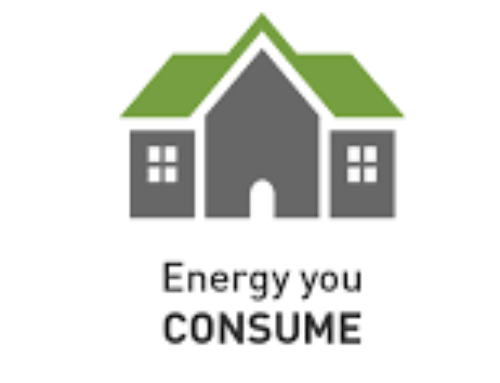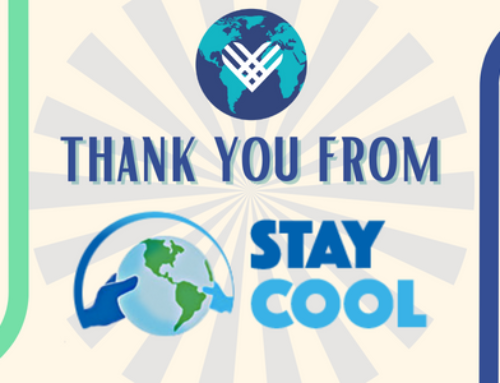By David Engel, STAY COOL Founder
The coming weekend and following week are forecast to be hot. How hot? Heat records will be broken and highs, even along the coast, are expected to break 90°F. Here in Del Mar where I live, we have already experienced several 90°F days this year. Later I will explain why 90°F is a dangerous temperature for San Diegans. I believe it is safe to say that global warming has arrived in San Diego.
Most San Diegans are acutely aware of two major dangers posed by global warming – more severe wildfires and the possibility of future water shortages. But there is another more insidious threat that has not received sufficient attention – that is, the dangers to human health as San Diego grows hotter.
San Diego has historically been blessed by a year-round mild c limate, with an average of only 1-2 days per year when the temperature exceeds 90°F. However, according to a recent National Science Foundation-funded report, San Diego, 2050 Is Calling, by Climate Education Partners, the number of extreme heat days will increase more than seven-fold by 2050 (see graphic at right).
limate, with an average of only 1-2 days per year when the temperature exceeds 90°F. However, according to a recent National Science Foundation-funded report, San Diego, 2050 Is Calling, by Climate Education Partners, the number of extreme heat days will increase more than seven-fold by 2050 (see graphic at right).
It is likely that this change will be gradual, with the possibility of each future year being a little hotter than the past. When coupled with San Diego’s 70% average relative humidity, temperatures of 90°F will “feel like” 105°F and pose a danger of heat exhaustion and/or heat stroke (see graphic at left).
Heat-related health dangers may be enhanced by the likelihood that San Diego’s relative humidity will also increase in future, warmer years. Higher humidity means that sweating and associated evaporation of moisture from the skin, our physiological response to maintain normal body temperature, becomes less effective in keeping us cool.
What are “heat exhaustion” and “heat stroke”? Heat exhaustion symptoms include heavy sweating, confusion and weakness, dizziness, nausea, headache, and rapid heart rate. If not properly treated, heat exhaustion can progress to heat stroke.
Heat stroke is generally defined by an internal body temperature of 104°F or higher, a lack of sweating, and often a severe headache, “flushed” or red skin, nausea, vomiting, muscle weakness, fast heart rate, fast breathing and confusion. Heat stroke can result in damage to internal organs and even death. According to the Centers for Disease Control and Prevention (CDC), heat stroke is a leading cause of mortality among weather-related incidents.
Who is most at risk for heat-related health problems? Elderly and very young San Diego residents will be most at risk for heat-related illness, especially those living in homes without air-conditioners. The reason for this is the elderly and young are less capable of regulating their body temperature through perspiration.
People with chronic diseases such as asthma, heart and breathing problems also have a higher risk of heat exhaustion and heat stroke during “heat waves”, defined as multiple days of high temperature like we will have this weekend.
What can San Diego communities do to prepare for more extreme heat days? First, preparing for the adverse health effects of global warming must be a prominent part of community Climate Action Plans. Many San Diego communities are now in the process of preparing these plans. Second, community governments in cooperation with local news media can raise awareness of the symptoms of heat exhaustion and heat stroke. Third, during heat waves ensure that the public is aware of the locations and availability of “cooling centers” such as public libraries, as well as swimming pools, where people without home air conditioning can go to escape the heat. More information on preparedness is available in the 2013 publication, Preparing California for Extreme Heat (PDF), from CalEPA and the California Department of Public Health.
San Diego County’s Aging & Independence Services is coordinating Cool Zones throughout the county. To locate the Cool Zone site nearest you, call 800-510-2020 or click here to view a PDF list of all participating Cool Zone sites in San Diego County.
What can individuals do to prepare? We should all be familiar with the warning signs and symptoms of heat exhaustion and heat stroke. Those with chronic medical conditions should check with their doctors about any precautions they should take. Those with elderly parents or neighbors should check on them periodically during heat waves to determine if they are taking steps to prevent heat exhaustion. And those with young children should watch carefully to make sure they do not over-exert during hot days. Plan your outdoor activities during the early morning hours when temperatures are cooler, and wear light-weight, light-colored clothing.
What care should be given to victims of heat exhaustion or heat stroke? If signs of heat exhaustion are present, take immediate steps to cool off the affected person. Steps should include drinking water, removing any unnecessary clothing, and applying cool water to the skin. And of course, try to get into a cooler environment, either in an air-conditioned building or under a shady tree.
If heat stroke is suspected, call emergency medical personnel immediately. Until they arrive, try to cool the victim by fanning them while applying water to the skin. If ice is available, apply ice packs to the neck, armpits, groin and back (areas with lots of blood vessels near the surface).
Scientific studies have determined that San Diego is likely to get hotter and more humid as global warming intensifies. We can begin to prepare now by helping our communities and each other to be aware of, and ready for, some of the health-related problems that our hotter climate will bring.




